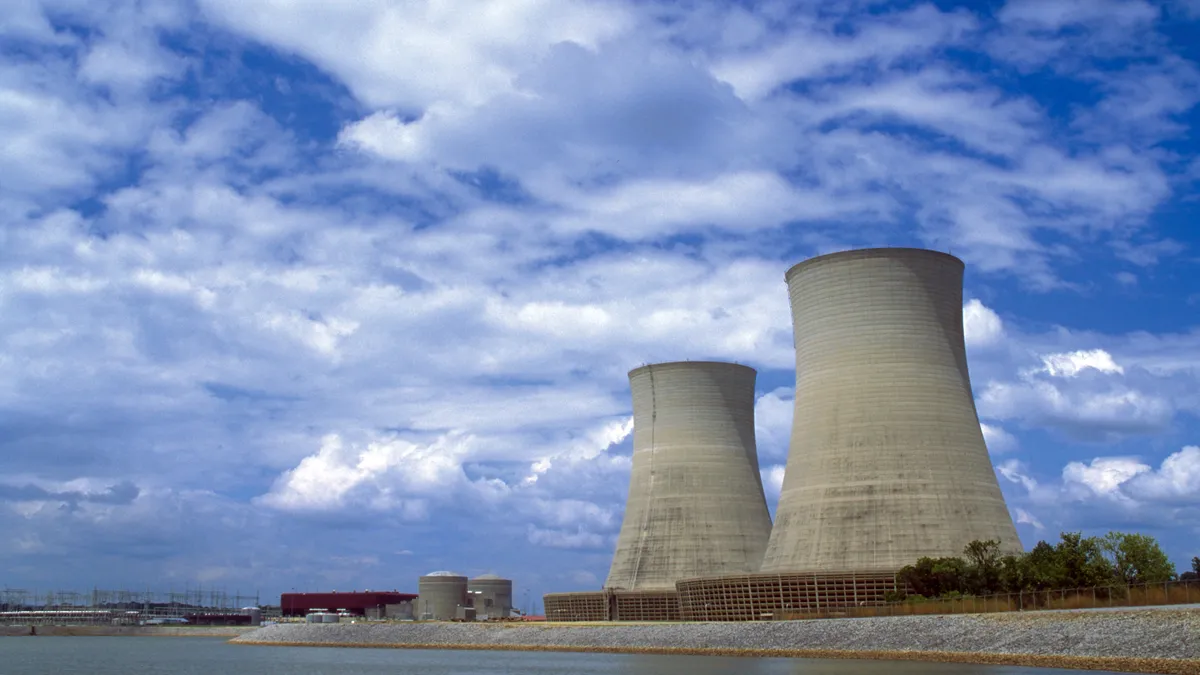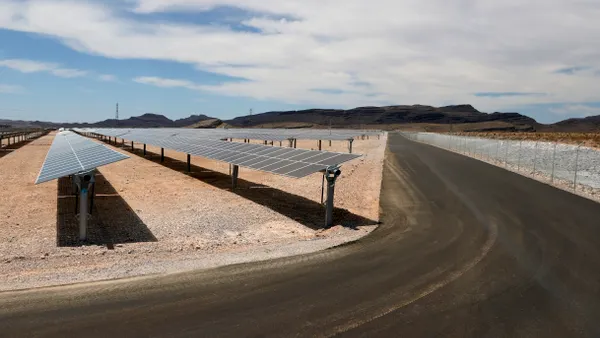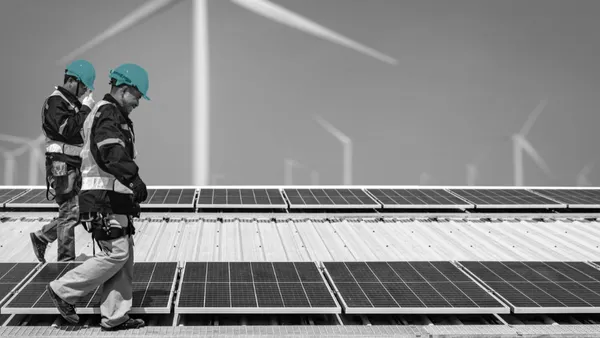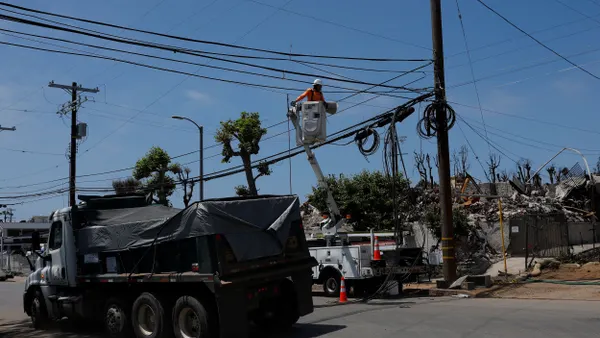Dive Brief:
-
Developers looking to capitalize on the growing popularity of hybrid power plants, which combine renewable generation with onsite storage, may have thousands of profitable configurations to choose from, according to a new analysis out from the Lawrence Berkeley National Laboratory (LBNL).
-
Of more than 100,000 potential combinations of battery, generation and interconnection options modeled by the Berkeley Lab team, 46% would be economically attractive when paired with existing investment and production tax credit PTC incentives, according to Cristina Crespo Montañés, a research affiliate at the Berkeley Lab and one of the authors on the report. Without the tax credits, 20% of the configurations had a positive net value.
-
Configurations that made use of short-duration batteries, in particular 2-hour batteries, provide the highest financial returns, according to the study. Although battery prices continue to fall, the cost of larger batteries still exceeds potential energy earnings.
Dive Insight:
Pairing on-site storage with new renewable energy projects is an increasingly popular option — 36% of the solar projects that connected to the grid in 2020 were paired with batteries, according to LBNL. However, not every possible combination of generation and batteries would be profitable in recent market conditions.
Researchers modeled potential combinations of the myriad of choices available to today’s developers — batteries with different specifications, inverters, interconnection options and, of course, the type of generation itself. Although primarily intended to build a flexible program to quickly test questions about markets and policy as they arise, the researchers also fed the model with 2012-2019 market data from all seven U.S. independent system operators to test which of the many configurations would best perform in real-world scenarios.
Hybrid solar and wind projects both reap the greatest financial returns when paired with 2-hour duration storage, according to the lab’s analysis. Increased storage capacity and the interconnection size had the biggest impact on the project’s potential earnings, after battery duration, which turned out to be the most important factor in a project’s hypothetical financial performance.
In general, the hybrid configurations that performed best in the model were those designed to take advantage of periods of peak energy pricing in order to offset the relatively high cost of the lithium-ion batteries, according to Will Gorman, a graduate student researcher at LBNL and also one of the authors on the report. For example, sizing the hybrid plant’s interconnection to allow simultaneous discharge of both the batteries and the wind or solar generation proved a winning combination.
But across all seven ISOs, energy prices could not cover the costs associated with longer-duration batteries, according to the report.
“The market is not currently sending signals to say that it needs super long duration storage,” Gorman said. “But the market is generally at small penetrations of renewables. We’re not looking at 100% renewable energy systems in the next 5-10 years.”
The analysis generally reflects real-world trends when compared to data from hybrid power plants already deployed around the U.S., Montañés said during a webinar presentation on Wednesday. For example, the model indicated that solar hybrids would have higher earnings than wind hybrids; solar hybrids are in reality more common than wind. However, in some cases the results differed from real world experience. In the California Independent System Operator, Montañés said, interconnection queues appear to limit the size of connections from hybrid developments, where the model shows a larger interconnection would be more advantageous.
U.S. developers also show a preference for shorter duration batteries, with most deployed storage utilizing batteries with duration in the 1-4 hour range, according to the report.
Gorman noted that the challenge of making long-term duration battery storage economical is likely why most long-term storage projects have focused on finding lower-cost alternatives to lithium-ion batteries. But that, Montañés said, doesn’t mean batteries don’t have a place in the grid of the future.
“We think about different generation sources being complimentary, allowing for different timings or types,” she said. “We can also think about storage in a similar way.”












